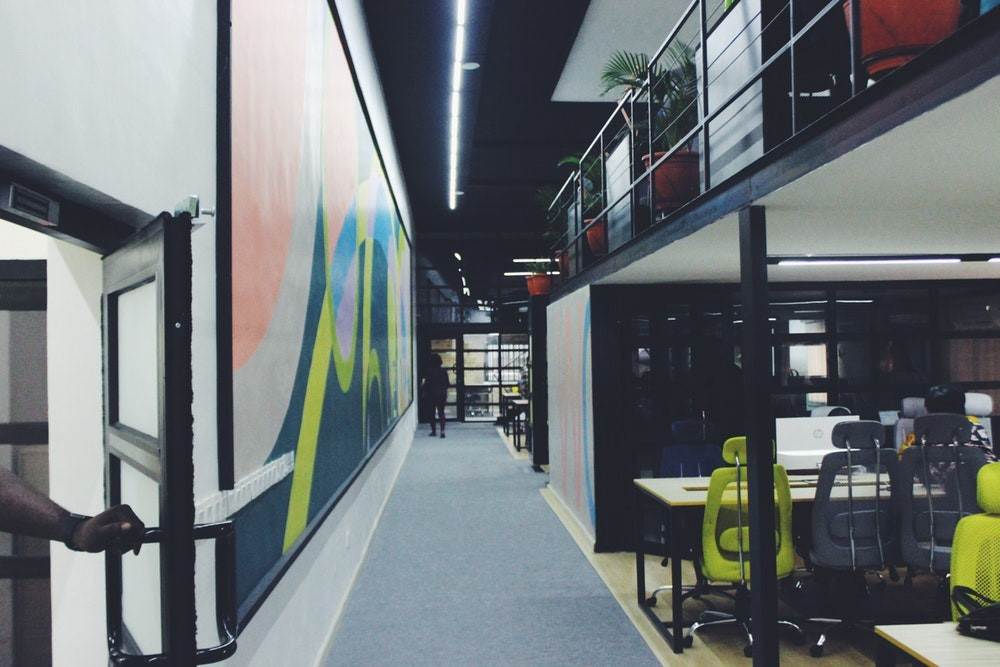
Reading Time: minutes
Space matters regardless if it's for your home or office.
Data shows that an average person needs about 9 to 13 square meters. However, in a 2013 British Council study, occupier density remarkably rose over the years in most workplaces due to economic pressure and technology enablement. This encouraged more offices to adapt to the changes in work style.
The mean density of a workplace is pegged at 10.9 per square meters of the net internal area (NIA) or the usable floor area of any office space. The corporation still carries the highest density at 13.1 square meters followed by financial insurance companies at 9.7 square meters.
In 2016, CoreNet Global stated that the average space per person in an office setting is now at 14 square meters per person. This already went down from 16.5 square meters in 2012 and 20 to 21 square meters back in 2010.
In an article, Kevin Cronin pointed out that corporate locators and businesses that there are several workplace considerations to account for. Planned growth and headcount are the top priority to avoid reaching the occupancy limit abruptly.
It is also not one size fits all. Floor plans and layouts matter to ensure the proper space allocation and utilization.
Typical Sizes of Office Spaces(as of 2016)
| Space Type | Size |
| Large Office | 18 to 37 sqm |
| Medium Office | 14 to 23 sqm |
| Small Office | 8 to 13 sqm |
| Open Space | 5 to 10 sqm |
| Work Group | 7 to 9 sqm |
| Reception | 9 to 18 SQM + 0.9 sqm per waiting person |
| Conference | 4 sqm + 2 sqm per seated person |
| 11 sqm | |
| File | 18 sqm |
| Lunch / Break | 6 sqm + 2 aqm per seated person |
| Work Room | 125 to 200 sqm |
| Halls / Corridors | 20 to 30% off usable area |
This is where property consultancy firms such as KMC Savills, come into play. It hires real estate professionals, engineers, architects and other experts in helping clients land the perfect spaces suited to their business needs.
For more information, please contact us at (02) 403-5519 or send an email to [email protected].

